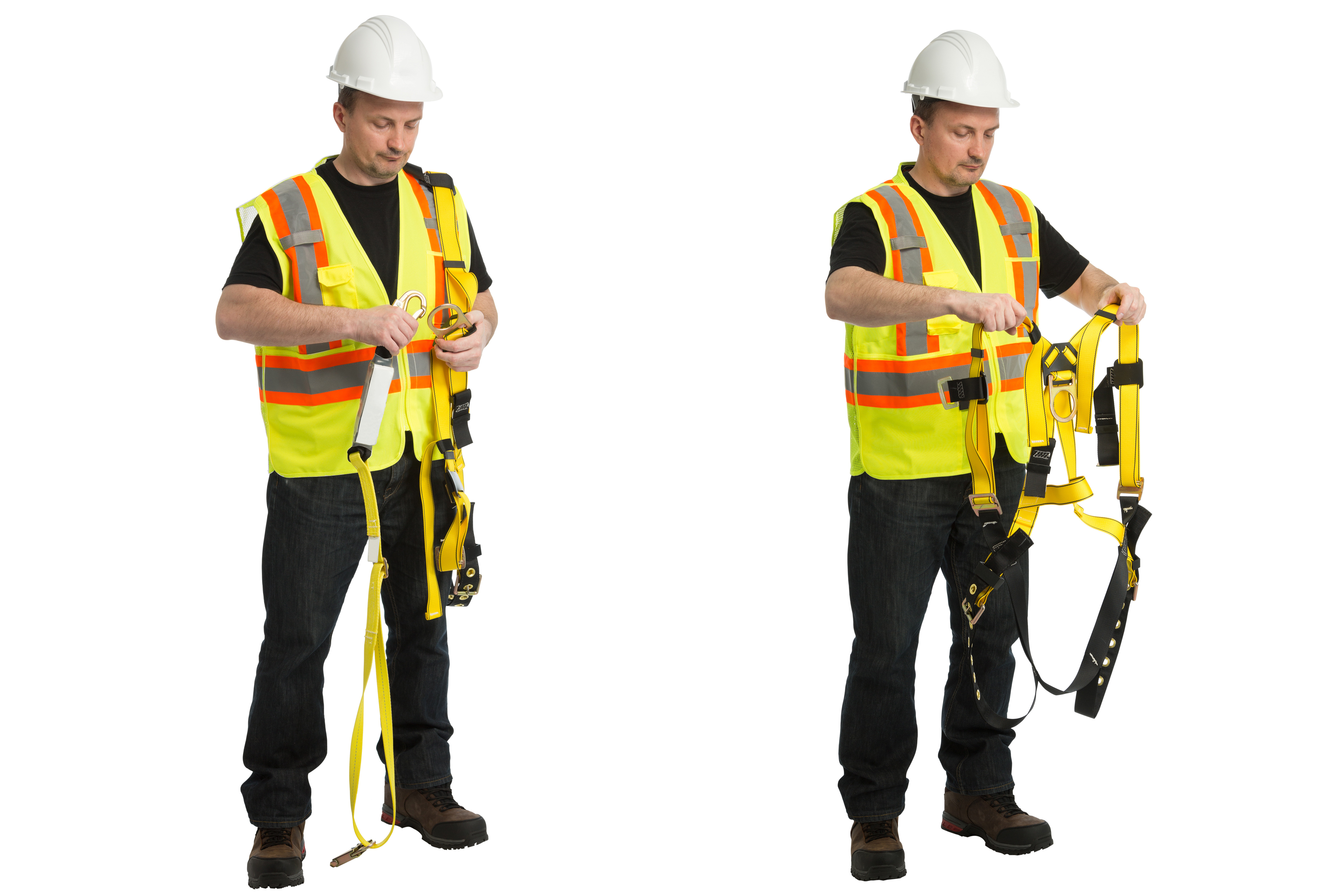In one year in the U.S., there were 291 fatal falls to a lower level. These deaths are preventable. Falls are usually the #1 cause of death in the construction industry and cause many deaths in general industry as well. In one year there were 7,272 OSHA citations across all industries that resulted in more than $20 million in fines against employers.
OSHA offers a three-step guide for employers to address fall protection:
1) Plan projects to ensure that the job is done safely. Begin by deciding how the job will be done, what tasks will be involved, and what safety equipment may be needed to complete each task.
2) Provide fall protection and the right equipment for the job for workers who are working at hazardous elevations above lower levels. (The elevation requiring protection differs according to the hazard, e.g. general, walking working surfaces, scaffolds, steel erection, etc.) Always provide workers with the appropriate fall protection depending on the job. If workers on roofs use personal fall arrest or restraint systems, a harness and lanyard must be provided for each worker who is required to tie off to an anchor. Make sure the personal protective equipment fits and is regularly inspected to ensure it’s in good condition and safe to use.
3) Train workers in hazard recognition and in the care and safe use of ladders, scaffolds, fall protection systems, and other equipment they’ll be using on the job. OSHA offers numerous materials and resources that employers can use during toolbox talks to train workers on safe practices to avoid falls in construction.
This 4-hour course is designed to teach students about methods of eliminating, controlling and preventing fall hazards. It addresses the requirements detailed in the OSHA Fall Protection Standard, 29 CFR 1926; Subpart M.
